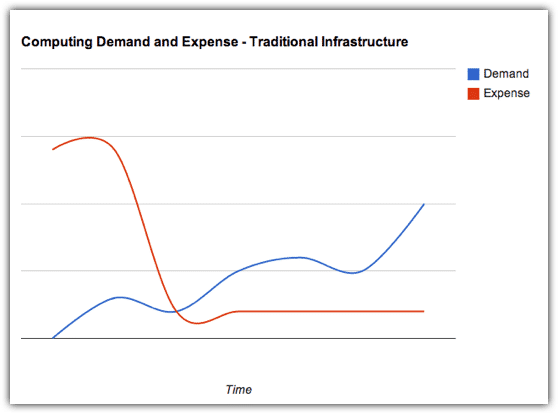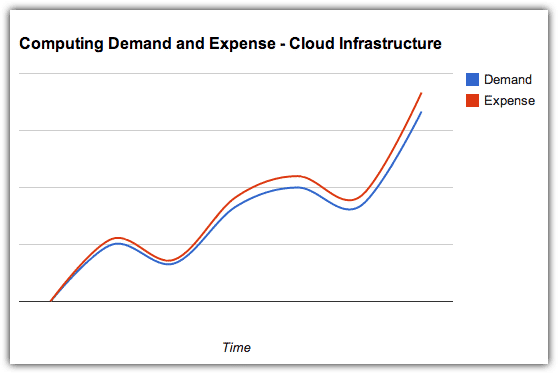There is a child just below the surface in all of us. When were kids, adults lopped off the sharp bits that intruded into their ?genteel? society. Schools, to their everlasting shame sanded away our unique free spirits, as they stuck us into uniforms and imposed a daily classroom discipline. We received badges and prizes if we obeyed, and strict sanctions when we did not. This produced a generation of middle-age managers who no longer know how to play.
Life can be so deadly serious ?
Things work pretty much the same in business. Life is deadly serious. If we want to keep our jobs, we must deliver on the bottom line in our departments. There is little time for fun outside the Christmas party, when we may, within the limits of decorum engage in activity for enjoyment and recreation, rather than a serious or practical purpose.
Team builds (and strategic planning sessions) can be deadly boring affairs that proceed down narrow funnels defined by human resource facilitators. No matter how hard HR they may try, the structural hierarchy will remain intact, unless they find a way to set it aside during the program. Injecting fun into the occasion liberates independent thought, and this is why.
? But not for a little child at play
Next time you dine out at a branded family restaurant, select a seat that allows you observe the kiddies? play zone. Notice how inventive children become, when the family hierarchy is not there to tell them what to do (although parents may try from the wrong side of the soundproof glass). The ?serious play? side of fun team-builds aims to liberate managers by releasing their child for the duration. Shall we dig a little deeper into this and discover the dynamics?
Many of us have less than perfect oral communication skills. This is one of the great impediments to modern business meetings. We may not have sufficient time to formulate our thoughts for them to remain relevant when we speak. When we express them, we sense the group?s impatience for us to hurry up, so other members can have their opportunity to contribute.
Sharing better thinking with LEGO? bricks
Most of us feel an urge to click the brightly coloured plastic bricks together that carpenter Ole Kirk Christiansen released into a war-weary world in 1949. The basic kit is a great leveller because the blocks are all the same, and the discriminators are the colours and the power of our imagination. Watching a free-form LEGO builder in action is equally fascinating, as we wonder ?what they will do next? and ?what is happening in their mind.?
Examples of LEGO Serious PLAY in action
Instead of asking team members to describe themselves in a minute, a LEGO? SERIOUS PLAY? facilitator may gather them around a table piled high with LEGO bricks instead, and ask them to each build a model of themselves. The atmosphere is informal with interaction and banter encouraged. It is still serious play though, as team members get to know each other, and their own personalities better
The system is equally effective in strategic sessions, where the facilitator provides specially selected building blocks for the team to experiment with as they learn to listen, and share. This enables them to deconstruct a problem into its component parts, and share solutions regardless of seniority, culture, and communication skills.
Creating problem- and solution-landscapes three dimensionally this way, enables open conversations that keep the focus on the problem. Participants at these team builds do not only reach effective consensus faster. They are also busy building better communication skills as they do.
Contact Us
- (+353)(0)1-443-3807 – IRL
- (+44)(0)20-7193-9751 – UK



